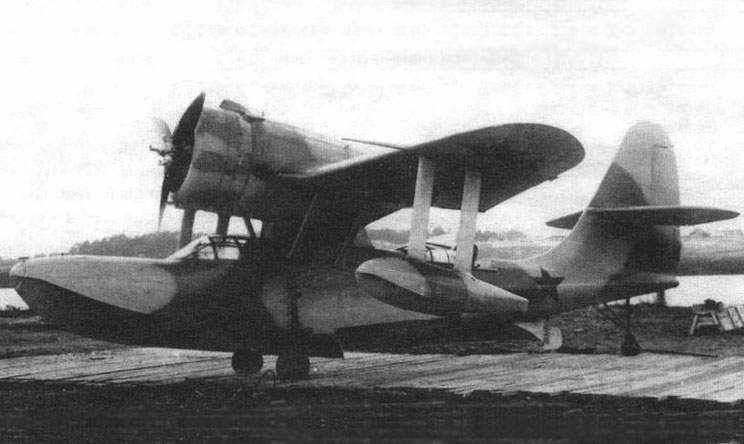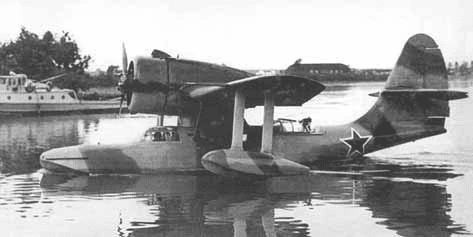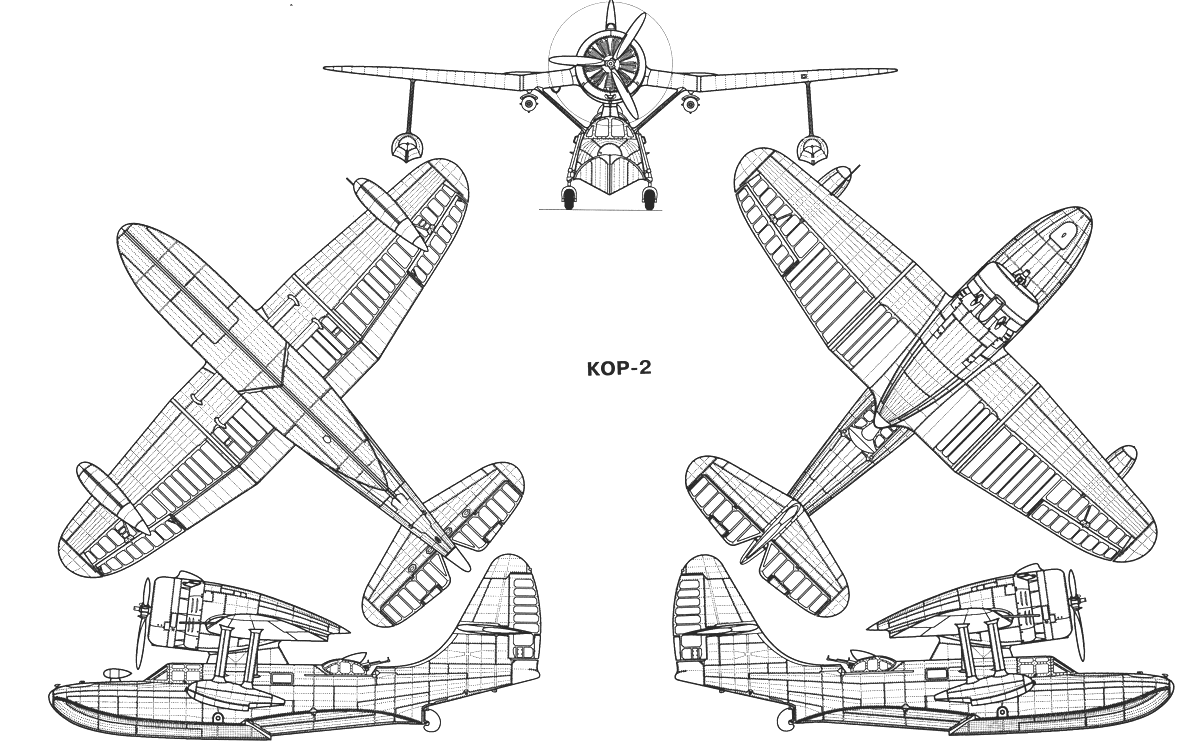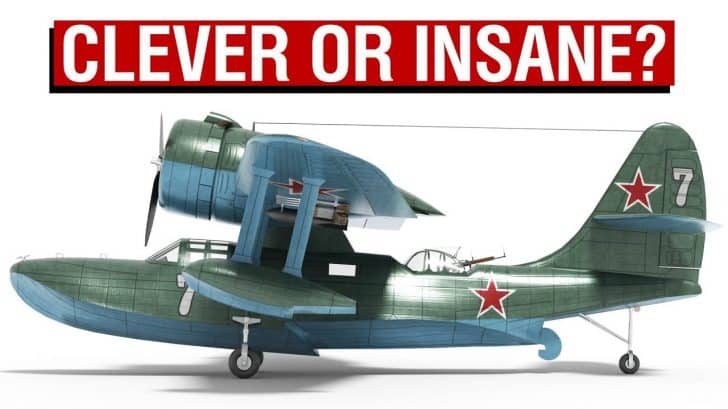The Beriev Be-4 is a rather easily-forgotten aircraft developed by Beriev Aircraft Company. Despite only having less than 50 copies of this flying boat, it was still used by the Soviet Black Sea Fleet during WWII. Here are five facts about the Soviet Union’s forgotten flying machine:

1. Featured an inverted gull wing
The flying boat was of all-metal construction and was made to be a parasol-wing monoplane, with the wing pylon mounted above its hull, and braced by two streamlined struts on each side. Moreover, the Be-4 had an inverted gull wing design to raise the wing-mounted engine as high as possible to provide clearance for its three-bladed propeller.
2. Equipped with Shvetsov M-62s
The Shvetsov ASh-62 (or M-62) was an improved version of the Wright R-1820 Cyclone. The improved design included a two-speed supercharger and a more efficient induction system, increasing the Cyclone’s 775 hp to 1,000 hp with the M-62.

3. Unfavorable Flight Characteristics
Fitted with a nine-cylinder radial engine, the Be-4 still possessed lackluster performance capabilities. Its Shvetsov M-62 turboprop engine enabled it to achieve a maximum speed of only 221 mph. In addition, the engine would only allow a maximum range of 761 miles and a service ceiling of 26,000 ft.
4. Only ~47 were built
Its first prototype, built on August 11, 1941, crashed during a routine test flight a month after it was completed. The second Be-4 had a better service life, performing a total of 10 hours and 3 minutes. However, the factory making the Beriev Be-4 was dismantled during the start of the war. Production would resume in May of 1943, ending with a total of 47 Be-4s completed.

5. Extensive Combat Use
While stationed on the Black Sea, the Be-4s mainly did close naval reconnaissance missions, scanning the 40-mile coastal zone for any threats and performing anti-submarine warfare missions near naval bases. They would also later serve in the Arctic in 1943 to counter German submarines within the area.



